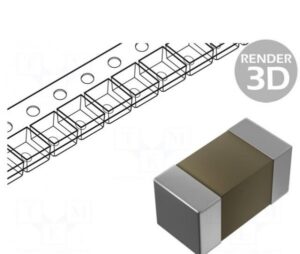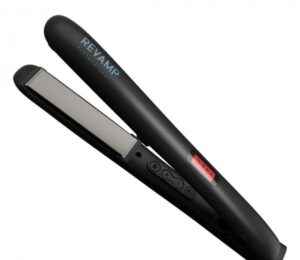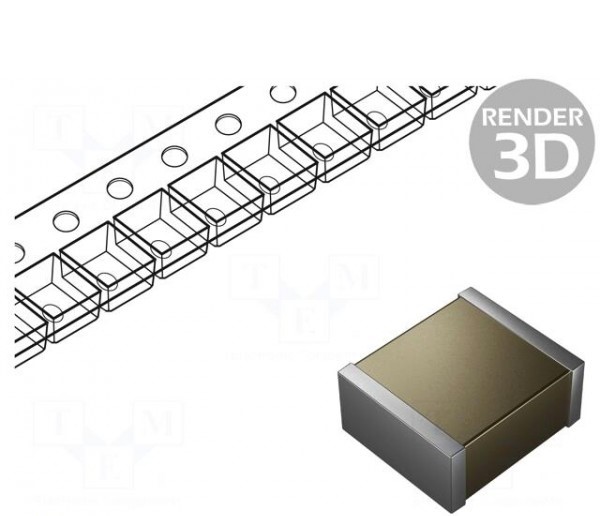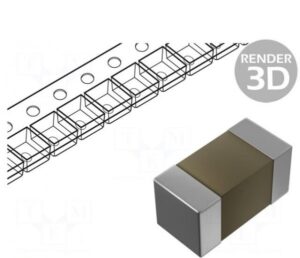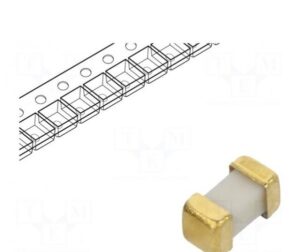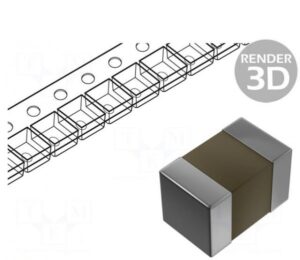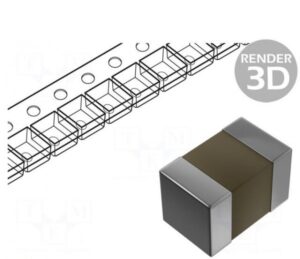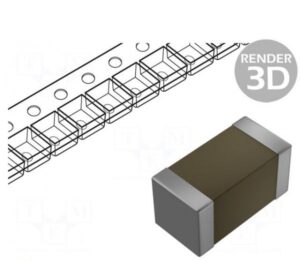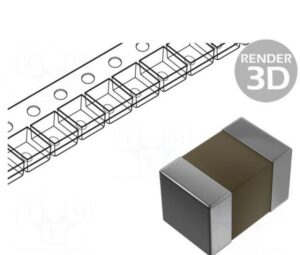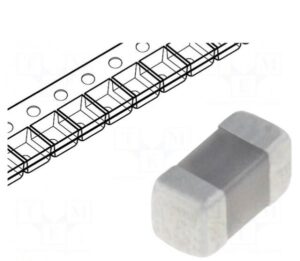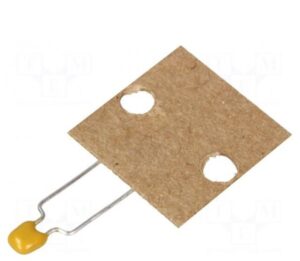Capacitor: ceramic | MLCC | 470nF | 50V | C0G (NP0) | ±5% | SMD | 2220
3.62€
This capacitor is ideal for use in circuits requiring stable capacitance values and where minimal drift with temperature and voltage is important, such as high-precision filters, resonant circuits, or decoupling applications.
SKU:
EB1284582961
Category: Capacitor
Description
Explanation:
- Ceramic: The capacitor uses ceramic material as its dielectric, which is commonly used in a wide variety of electronic applications for its stability, affordability, and compactness.
- MLCC: Multilayer Ceramic Chip Capacitor, a type of capacitor made by stacking multiple layers of ceramic dielectric material. MLCCs typically provide better performance and higher capacitance values than single-layer capacitors.
- 470nF: The capacitance value of the capacitor is 470 nanofarads (nF), which is commonly used for decoupling, filtering, and high-frequency signal applications.
- 50V: The maximum rated voltage is 50 volts DC. This means the capacitor can safely handle up to 50V DC without risk of breakdown.
- C0G (NP0): A type of ceramic dielectric that offers excellent stability, with very low temperature and voltage coefficients. C0G (NP0) capacitors exhibit minimal capacitance change over temperature and voltage variations, making them ideal for precision applications.
- ±5%: The tolerance of the capacitor, meaning its actual capacitance can vary by ±5% from the nominal value of 470nF.
- SMD: Surface-Mount Device. This means the capacitor is designed to be mounted directly onto the surface of a printed circuit board (PCB), a common mounting technique for modern electronic components.
- 2220: The package size is 0.22 inches x 0.20 inches (5.6 mm x 5.0 mm). This is a larger package size compared to smaller types like 0805 or 0603, which makes it suitable for higher capacitance values or applications where larger components are needed for power handling.
This capacitor is ideal for use in circuits requiring stable capacitance values and where minimal drift with temperature and voltage is important, such as high-precision filters, resonant circuits, or decoupling applications.
Delivery information
Estimated delivery time: 1-4 working days

 Eesti
Eesti Русский
Русский
